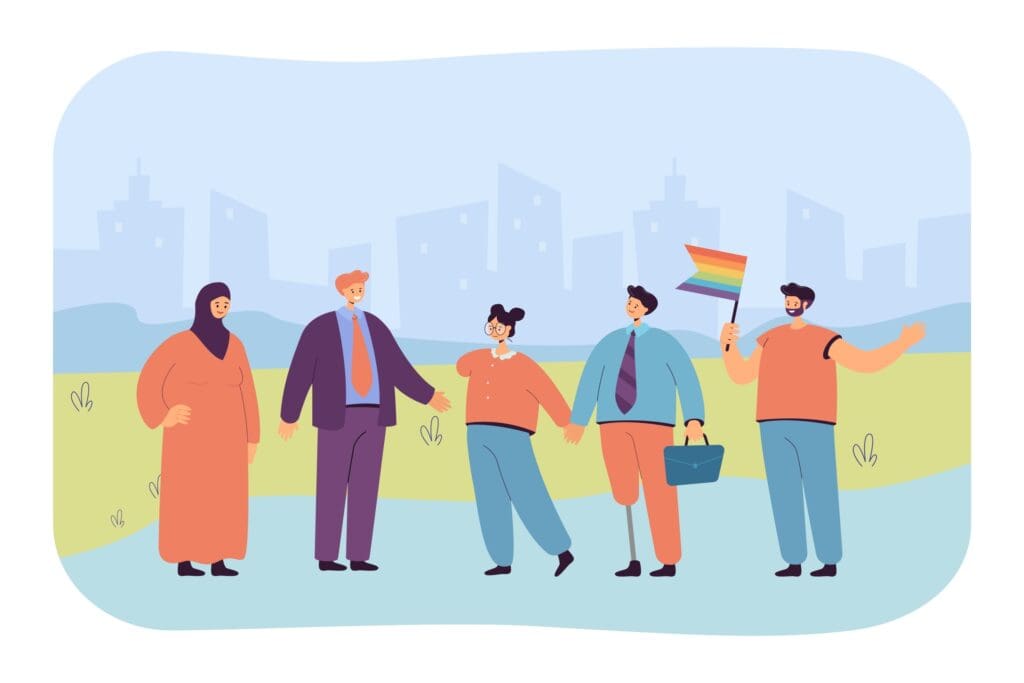An interview of LGBT+ employees revealed that whilst some strides have been made to consider them, many organisational policies are only scratching the surface.
By Zee Johnson
U.K. employers have the right idea in mind when they set out to create policies that include all workers, especially LGBT+ employees, but updated procedures aren’t enough to foster a truly equitable environment, the LGBT+ Workplace Experiences 2023 report found.
Respondents/interviewees felt that their organisations were more concerned with covering their tracks legally than changing workplace cultures to allow LGBT+ workers to feel included.
For instance, many trans and non-binary employees felt that company facilities were a major issue, as no gender-neutral toilets or clear and confident policies were in place, leaving them to use accessible toilets for disabled people. Also, retail workers and school teachers detailed specific gendered uniforms or dress policies. And some workers even felt that their organisations needed to improve their range of gender options and pronouns on forms.
But the biggest issue cited by every interviewee was the transphobia experienced by trans and non-binary people. They felt that change wasn’t just happening slowly, but thought their organisations were going backwards. Because of this, respondents said their colleagues and employers lacked confidence in talking about and understanding trans and non-binary identities.
Another common consensus in the report was that since the rise of DEI networks during the pandemic, the protections stemming from these groups did not extend to the LGBT+ community.
With many of these networks being optional, they can often reflect the culture that’s already in place. And if there is no good representation of LGBT+ people in senior management teams, and an inclusive culture, that could spell trouble.
The report lists some ways that companies can create greater inclusion for LGBT+ staff, including
- regularly review workplace policies and how they are experienced by LGBT+ workers and customers/service users;
- proactively gather feedback from diversity and inclusion networks and trade unions, as well as experts from LGBT+ charities and community organisations;
- take action to make sure that policies translate into an inclusive culture.
- ensure that staff and managers can identify homophobia, biphobia and transphobia when it occurs byway od training, and work with unions to design safe reporting systems; and
- monitor and publish any LGBT+ pay gaps, while putting an action plan in place to close them.














